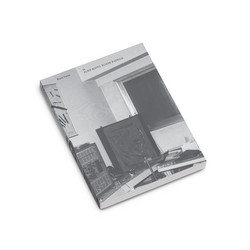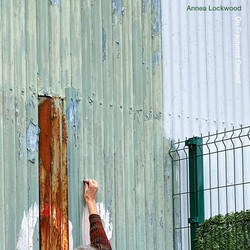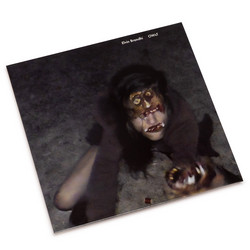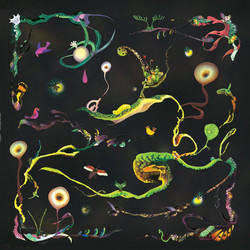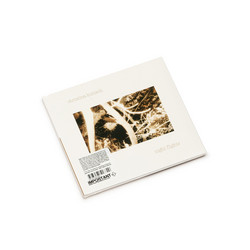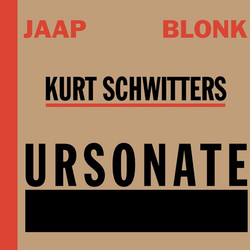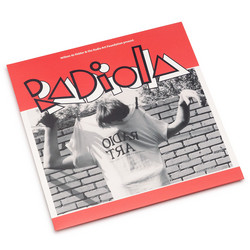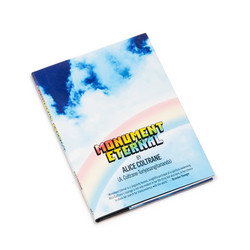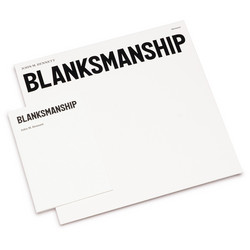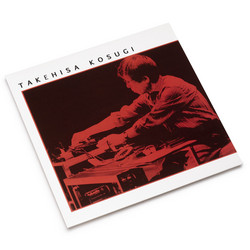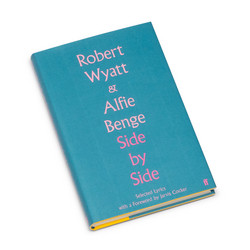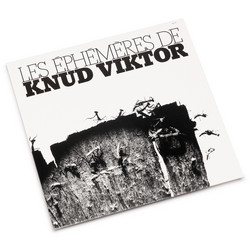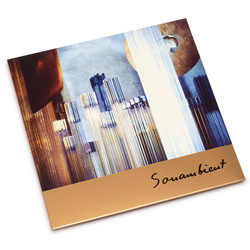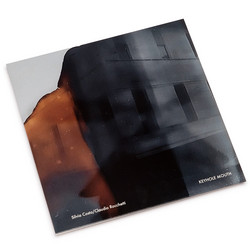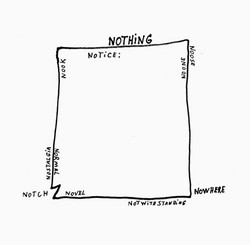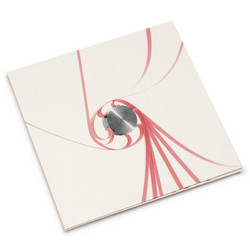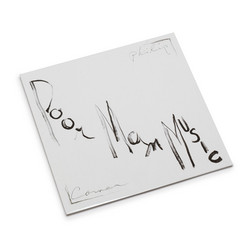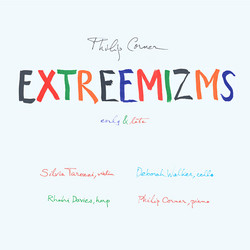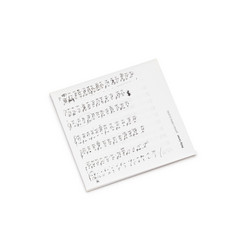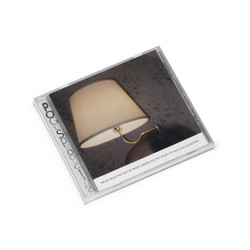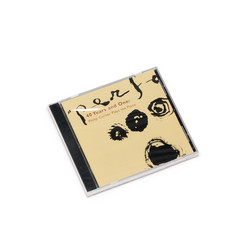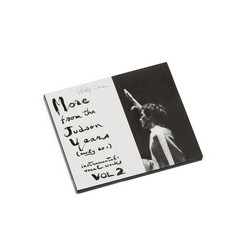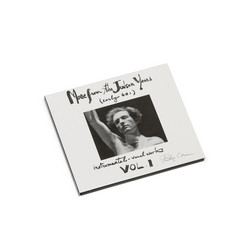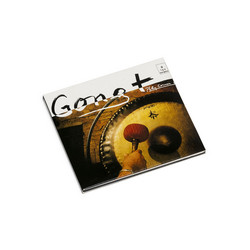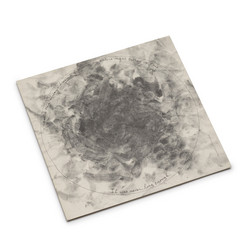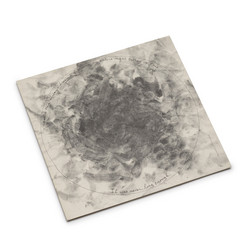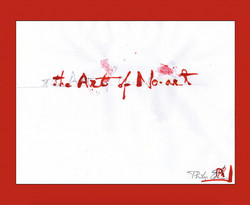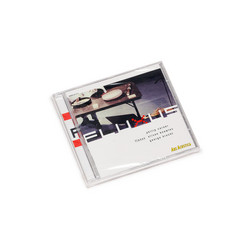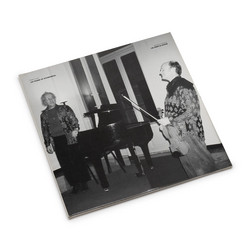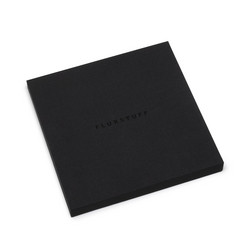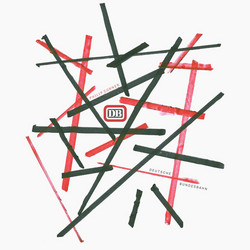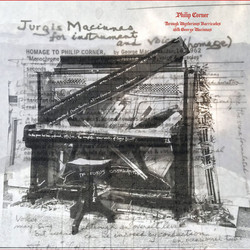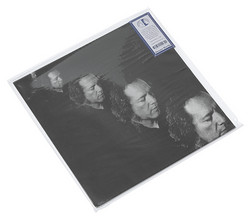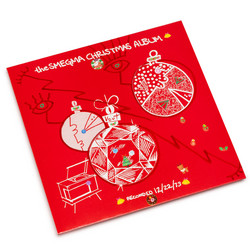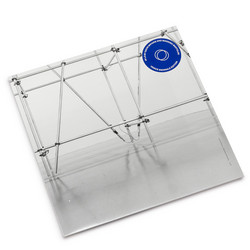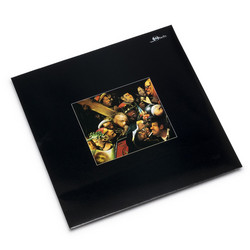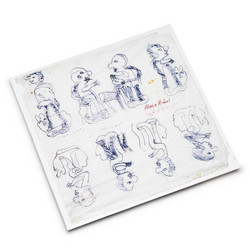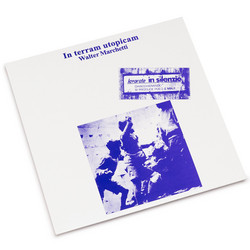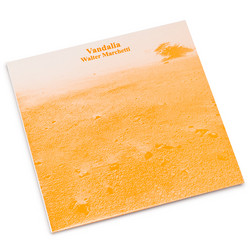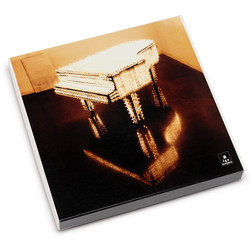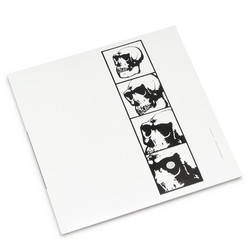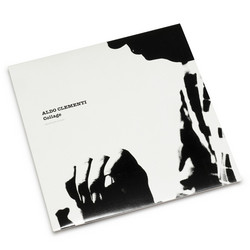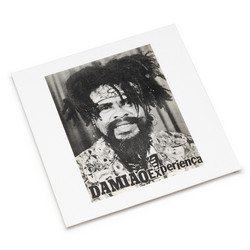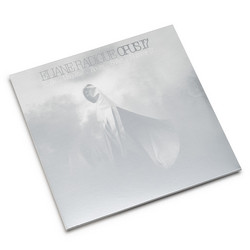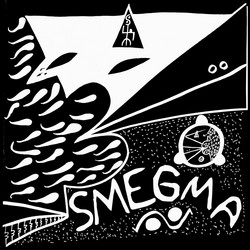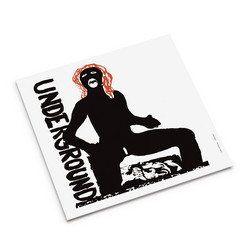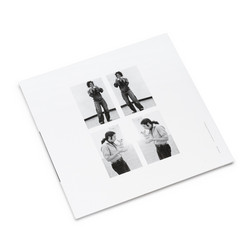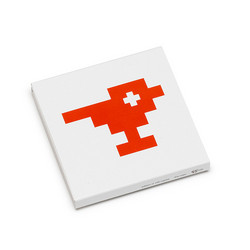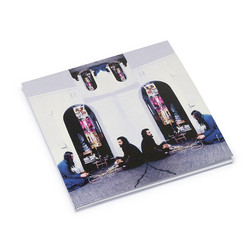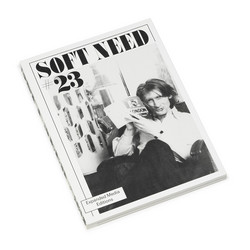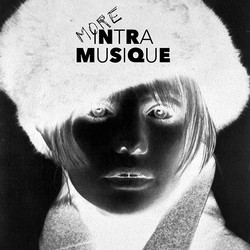Alga Marghen proudly presents the most iconic of all Fluxus pieces, Philip Corner's Piano Activity, in the legendary 1962 premiere. 'Piano Activities' was one of the pieces that raised the most scandal during the first, four-weekend-long series of Fluxus concerts in Europe. In a very free interpretation of Corner's score, George Maciunas, Dick Higgins, Ben Patterson, Alison Knowles, Wolf Vostell and Emmett Williams proceeded over the course of several days to take to pieces a grand piano, after which they auctioned the parts to the audience.

Until now recordings of concerts from the International Festival of the Newest Music which took place in Wiesbaden in 1962 were thoroughly unknown. This Festival, the first public event described as Fluxus, was known primarily through pictures and descriptions by the protagonists. In 2011 a tape including two versions of Philip Corner Piano Activities was found in the archive of Kuniharu Akiyama who in 1965 Maciunas declared Fluxus representative for Japan. The first of these recordings is identical to one found in 2012 in the archive of Vytautis Landsbergis, former president of Lithuania and friend of George Maciunas.
Piano Activity represents the first ever effective realization of the anti-art art intentions of Fluxus propaganda and the performance organized by George Maciunas brought the score to its extreme consequences. When Philip Corner, who had not been present at the Wiesbaden Festum Fluxorum concerts, learned about the destruction of the piano he was at first shocked. In the tradition of John Cage, the score that Corner wrote was intended to shape something coherent out of the chaotic reservoir of sounds that he saw in the instrument and to broaden the field of possibilities for freedom in performance. But the performers by their exaggeration brought out a potential that the composer had not suspected. As the listeners of this LP will experience, the destruction gives an opening to the previously unheard-of.
Two evenings from the Wiesbaden performances are presented on this LP. One take was made at the beginning of the concert series. It begins with a cluster played in the low register. There follows conventionally played passages from Paik interrupted by single notes and chords. These traditional sounds are accompanied by brutal noises such as splintering wood, scratching, tearing, crushing, rubbing, hammering, that sound at times like a bomb assault was happening, and sometimes more like an unobtrusive clattering. As this continues, improvisation makes itself heard, as the players produce the most refined dynamics, relate to each other and create collective noise landscapes.
The shorter second recording is of a completely different character. Freed from the traditionalistic accompaniment this version consists of practically nothing else than hammering, sawing, rattling and clattering. As if an industrious artisan's guild were at work, there is hardly to be noted any interaction between the players. The sound event happens in front of an exceptionally euphoric audience. The scene make one think of a hot free jazz event.
First ever edition of this landmark straight-ahead anti-art Fluxus piece, issued in an edition of only 262 copies and including a 4-page large folded insert with an essay by Helmut Schmidt, inner sleeve with “Piano Activitiesâ€Ã¯Â¿Â½ score and Philip Corner collages. Front sleeve design and calligraphies by Philip Corner.
Edition limited to 262 copies




